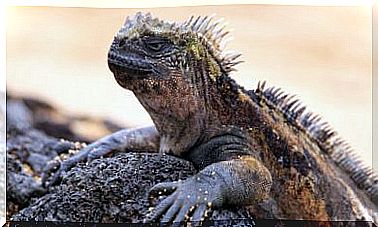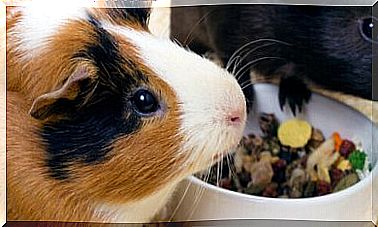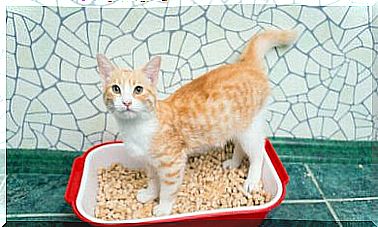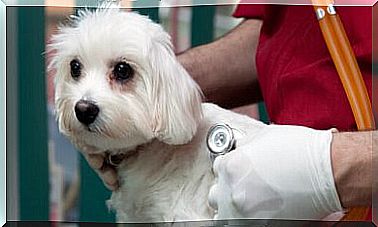Malassezia Dermatitis In Dogs
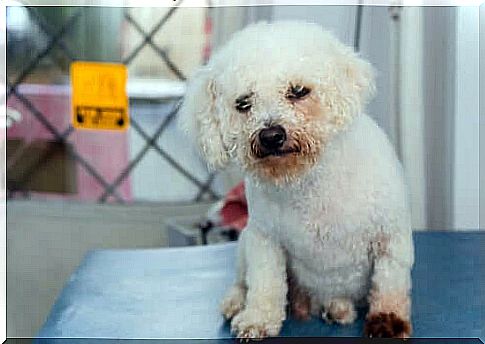
The disease we are talking about today is peculiar, as it is caused by a microorganism that lives on the skin in a normal way. When certain changes occur, Malassezia in dogs becomes a pathogenic fungus, causing dermatitis and other diseases.
Malassezia in dogs
First of all, it is useful to know a little more about this organism. The genus Malassezia was first described around 1874 as a rather particular fungus, both in morphology and in lifestyle. Up to 11 different species are currently known.
Under normal conditions, this fungus lives on the skin of dogs, with a special presence in the ears, mouth or genital region of the animal. Several factors – such as the natural flaking of the skin itself or the dog’s natural immunity – keep the growth of Malassezia in balance.
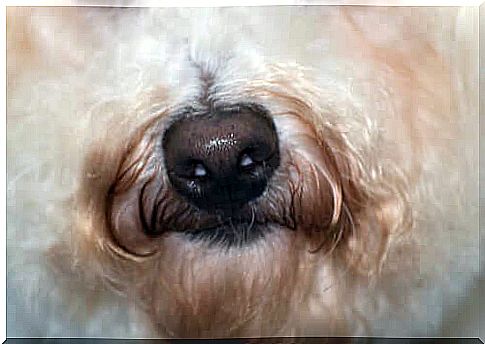
When the population of this fungus is within limits, its presence is even beneficial, as it prevents other species of harmful fungi from starting to proliferate in the skin tissues. However, Malassezia can start to get out of control in certain situations, such as:
- A significant increase in humidity or heat.
- Greater amount of lipids, that is, changes in the production of the dog’s sebaceous glands.
- Depressed immune system, existence of skin allergies or even excess skin folds.
Symptomatology in dogs
As can be seen, this fungus is opportunistic, which means that it takes the opportunity to proliferate when other more important pathologies manifest themselves. One of the main symptoms, and perhaps the most enlightening, is the unpleasant musty smell that begins to exude from the dog’s coat. This is due to the scabs, which are often accompanied by itching.
Other characteristic symptoms of Malassezia dermatitis are:
- Hair loss in the affected area.
- Inflamed and reddened skin, a phenomenon commonly known as erythema.
- Peeling and intense itching.
Usually, the abdomen is the main site of infection. It then spreads to the armpits, groin area and head. Occasionally, it reaches the extremities and causes pododermatitis, characterized by the brown color of the interdigital region.
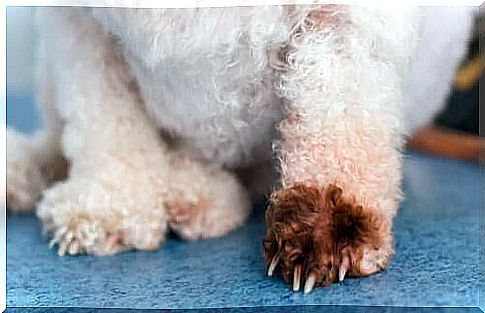
There are some breeds with greater predisposition to suffer this dermatitis, such as the basset hound, the poodle, the labrador or the shar-pei, among others.
Is there treatment for this dermatitis?
If your dog has the symptoms we’ve mentioned, you should take him to the vet to have the animal examined. Once there, the veterinarian will do a series of diagnostic tests – a culture and cell count, usually – and if Malassezia infection is confirmed, the first thing to do is to apply imidazole-based antifungals.
Depending on the extent of the affected area, treatment can be done in a number of ways. If the lesion is very localized, topical application of antifungal ointments is usually sufficient. In more severe cases, a daily treatment with shampoos especially indicated for this type of infection should be followed.
After a few weeks, the number of colonies in Malassezia is counted again. If it goes back to normal limits, it means the treatment worked. However, in any case, you can prescribe some type of preventive shampoo.
